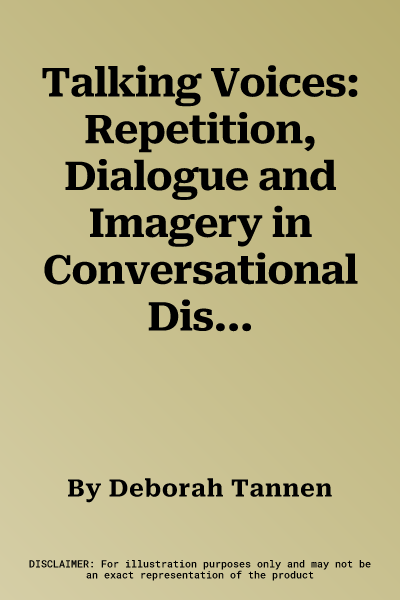Deborah Tannen
(Author)Talking Voices: Repetition, Dialogue and Imagery in Conversational DiscourseHardcover, 24 November 1989

Temporarily out of stock
Free Delivery
Cash on Delivery
15 Days
Free Returns
Secure Checkout

Part of Series
Studies in Interactional Sociolinguistics
Print Length
256 pages
Language
English
Publisher
Cambridge University Press
Date Published
24 Nov 1989
ISBN-10
0521370019
ISBN-13
9780521370011
Description
Product Details
Author:
Book Format:
Hardcover
Date Published:
24 November 1989
Dimensions:
22.81 x
15.19 x
2.11 cm
ISBN-10:
0521370019
ISBN-13:
9780521370011
Language:
English
Location:
Cambridge
Pages:
256
Publisher:
Weight:
439.98 gm